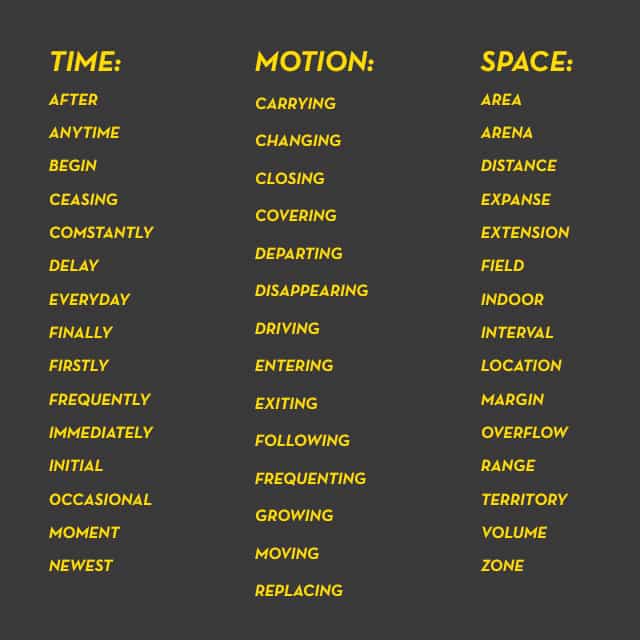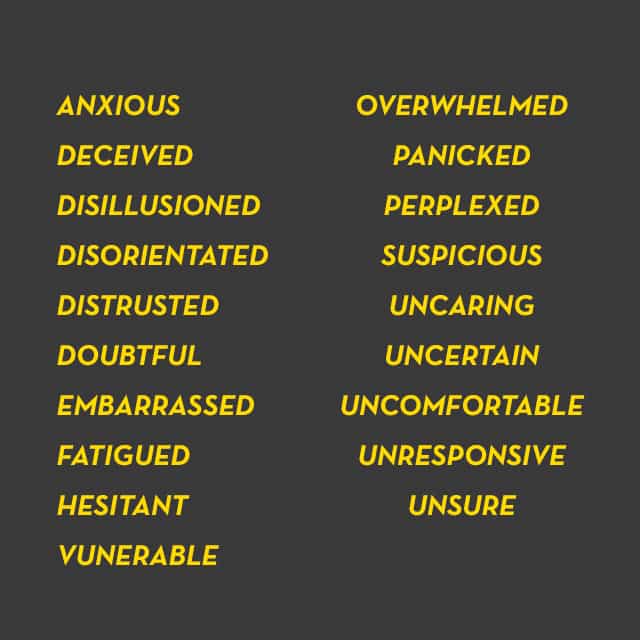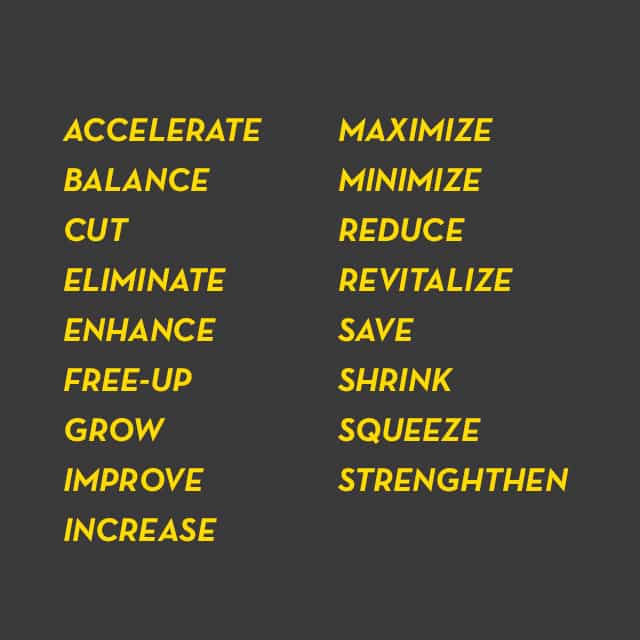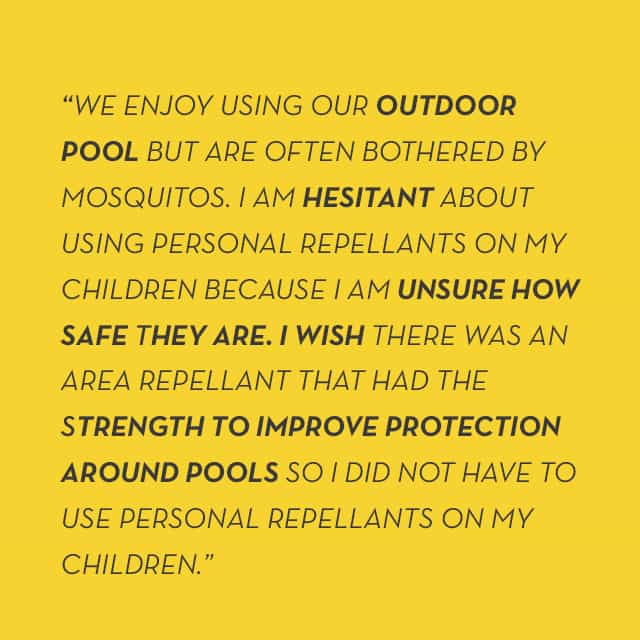How to Write A Powerful Consumer Insight Statement.
It’s a consumer-centric world, and in the never-ending battle to better the customer experience we often see companies rely on one thing: data. We all have access to more information than ever before, but it’s all futile if you don’t know what to do with it. Facts, figures and statistics offer an illusion of knowledge; insights translate that raw data into concise and compelling findings surrounding consumer motivations. When data is transformed in this way, it can inspire, offer unexpected understanding, and form the cornerstone of the design and innovation process. The bottom line: any successful new product or service definition starts from a strong consumer insight; it’s the foundation of innovation, incremental or revolutionary.
So, how do you turn knowledge into insight? It all starts with something seemingly simple: the insight statement – clear, concise, prescriptive statements that turn what’s been learned into personal, actionable direction for innovation.
Writing consumer insight statements is a bit of a black art—a little creativity, a little analysis. Keep reading to check out our guide: it hinges on a 3-sentence structure designed to balance details of analysis for a necessary rallying cry for action.
SENTENCE #1: The Situation
Set the context for your consumer insight statement by describing the current situation and the incumbent consumer behavior. This part should capture both the environment and a simple observation of a given situation going on within it, while typically focusing on one of three things: time, space or motion.
Example: “We enjoy using our outdoor pool but are often bothered by Mosquitos.”
Keep in mind: The context — and a consumer insight statement in general — should be very objective. We know that environments can affect the way people behave within the context, but at this stage we are looking to express observations without passing judgment on them.
Here is a list of words we have found to be compelling when structured into the first sentence of a consumer insight statement:
SENTENCE #2: The Frustration
Describe the dilemma the consumer faces and articulate why this is a frustration in their life. Crafting this part comes from understanding the barriers that stand in the way of achieving the subject’s needs or desires, and it should have an emotional element that elicits a “we need to fix this” response. This sentence has the power to make the stakeholders in your organization feel an obligation to address the situation, and inspire action in your development teams.
Example: “I am hesitant about using personal repellants on my children because I am unsure how safe they are.”
Keep in mind: Each sentence should always be written in the 1st person from the consumer’s perspective. This allows you to connect with the consumer on a deeper emotional level and evoke empathy by putting yourself in their place.
These are some words you should sprinkle into your second sentence; we have found them to be especially useful when questioning the status quo and making your stakeholders realize that their customers are indeed missing out on something:
SENTENCE #3: The Future Desire
Envision the consumer’s desired end-state and ideal situation, and describe the tangible business result they’ll get from using your product or service (remembering that consumers don’t necessarily care what a product or service is, but what it does for them).
Here, you’re not defining a solution, but conveying how the consumer would like to feel or what they hope to experience in the future. The statement is ultimately about improving an existing situation, so the final sentence needs to clearly communicate the outcome and command action.
Example: “I wish there was an area repellant that could improve and strengthen protection around pools so I did not have to use personal repellants on my children.”
Keep in mind: This is not a sales pitch. You want to be real, human, so use real language — no corporate jargon! — and even pull in words verbatim from your contextual inquiry activities.
The following words will help you punctuate the final sentence in your consumer insight statement:
The Complete Consumer Insight Statement:
IN THE END: LANGUAGE MATTERS
You want your insight statements to have inherent tension to them. This is what motivates change. Think of them like a great headline: you see the words on the page and they stop you in your tracks. Similarly, you want to write your statements so that the reader can feel their impact in their gut, forcing them to internalize and truly consider the situation and implications. A great set of insight statements can be a powerful tool: emotionally engaging insights will go a long way helping you build support and momentum for new development initiatives and help form a lasting connection with audiences by tapping into their subconscious. It can also help to do this work in groups. At THRIVE, we often conduct workshops with clients where everyone throws around words until there’s a consensus on the ones with the strongest impact. But you can go it alone, too: the evocative words listed in each section above should help you get started.
Remember that consumer insight — and the insight statement — is only the beginning of the design and innovation process, but you have to start somewhere. After defining these pivotal statements, you can go on to test them and quantify them, but even alone, they’ll set the foundation for successful product and service development.
Need help getting started? THRIVE can audit your existing data and turn it into insights, and can also help you validate your insights and answer three critical questions: Will it makes us money? Does it appeal to our target consumer? Will it build our brand?
Download our yellow paper “What Is Insight?” for a deeper dive into the subject and how you can use it as a platform for organic growth.











